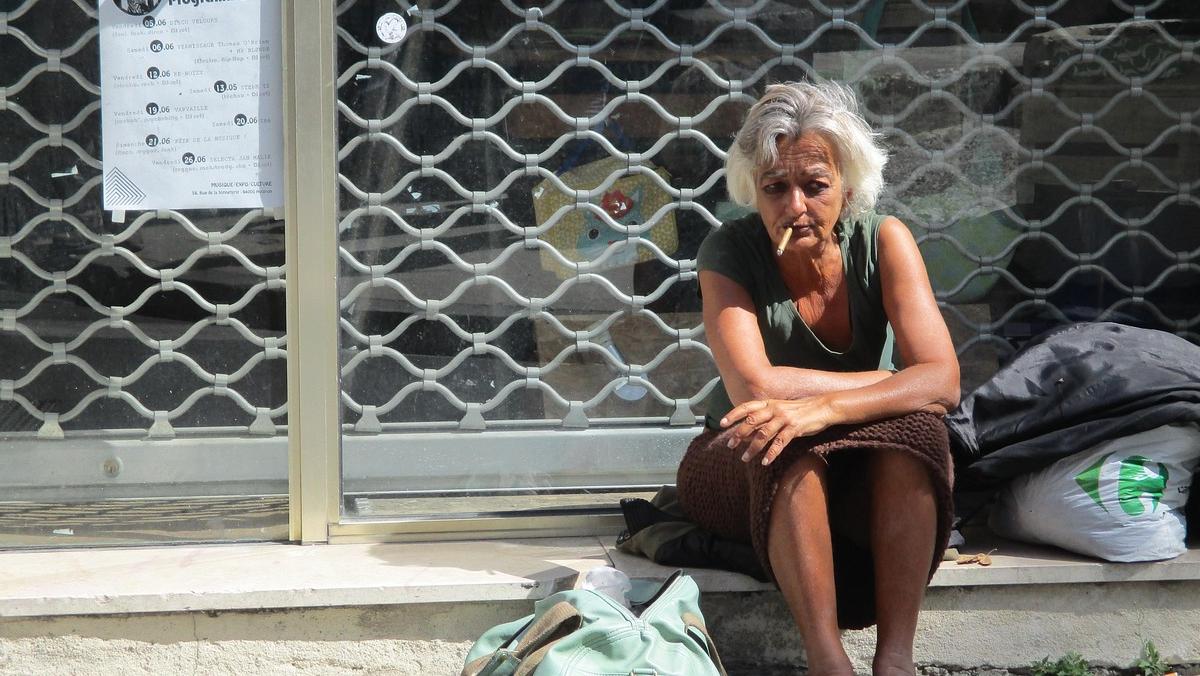When staff at a psychiatric hospital asked “Jane” if she felt ready to go home, her answer was immediate: “Where do I go?” Her fear is shared by many others leaving psychiatric care across Ontario, where a growing number of patients are discharged with no stable place to live.
A 2022 report from Healthy Debate found that the transition from hospital to community is becoming a revolving door for people dealing with mental illness and homelessness (Naimer, 2022).
Without a safe place to recover, the likelihood of returning to hospital climbs quickly. Research backs this up: a population-based cohort study found that psychiatric patients discharged without housing were 43 percent more likely to be readmitted within 30 days (Laliberté et al., 2019).
The problem is simple to describe but difficult to solve. Beds open up, patients are released, and many step outside only to return to the same street corner they left.
Recovery becomes nearly impossible when survival takes priority over medication, follow-up care, or stability. So who catches the people falling through that gap? Increasingly, it is frontline charities.
A Safety Net Outside the Hospital Door
In downtown Toronto, Fred Victor has become one of the most critical organizations supporting people who leave hospital without housing.
While their programs do not exclusively serve newly discharged patients, they regularly work with individuals who walk out of psychiatric units with no address, no support, and no plan.
“About one in five of my patients was homeless at discharge,” recalled Dr. Vicky Stergiopoulos, former Chief Physician at CAMH, when reflecting on her years at St. Michael’s Hospital (Naimer, 2022). For charities like Fred Victor, that statistic is not abstract. It shows up at their doors daily.
Through partnerships with provincially funded health agencies like the Toronto Central LHIN, Ontario Health Teams, and the Inner City Family Health Team, as well as nonprofit housing partners such as HouseLink Community Homes, they operate a system that helps stabilize people who would otherwise slip back into crisis.
Inside the Programs That Catch People Before They Fall
At 145 Queen Street East, many residents have just left hospital settings. The Transitional Housing programs offer 24-hour accommodation along with case management, mental health care, and life-skills support. It gives people breathing room to recover rather than be pushed back onto the street.
There is also the Women’s Transition to Housing program, which supports women experiencing homelessness, particularly those managing psychiatric illnesses or addiction. In partnership with CAMH and Sherbourne Health Centre, the program helps women move from crisis into private housing while maintaining access to ongoing care.
And then there is the Multi-Disciplinary Outreach Team (MDOT), which meets people where they are, including those who deteriorate quickly after discharge. The team provides psychiatric support, crisis intervention, and help securing housing. For many, MDOT is the last safety net preventing hospitalization or relapse.
Together, these programs show what a community-based continuum of care can look like. While hospitals treat immediate symptoms, charities like Fred Victor step in to make longer-term stability possible.
Why This Cycle Matters
Ontario’s mental health system is already under strain. When people are discharged without housing, they are more likely to be readmitted, use emergency services, or become trapped in long-term homelessness. This creates emotional stress for patients and significant cost pressures for the health system. Breaking the cycle requires more than medical treatment. It requires housing, sustained mental health care, and community support. Charities are filling that gap every single day, but they cannot do it alone.
How You Can Support the Work
If you want to support organizations that prevent people from being discharged into homelessness, here are a few ways to get involved. You can donate to Fred Victor to support transitional housing and frontline outreach, volunteer time or skills, or share stories that raise awareness and encourage others to act. Even a small action can change what someone’s first night after discharge looks like.
About the Writer: Chuyu Yan is a Sociology and Book & Media Studies student at the University of Toronto. Passionate about exploring the social factors behind mental health and inequality, she uses storytelling to make complex ideas accessible and relatable. With experience in research, writing, and media creation, Chuyu aims to highlight unseen social dynamics and amplify voices often overlooked, connecting readers through empathy, clarity, and reflection.





